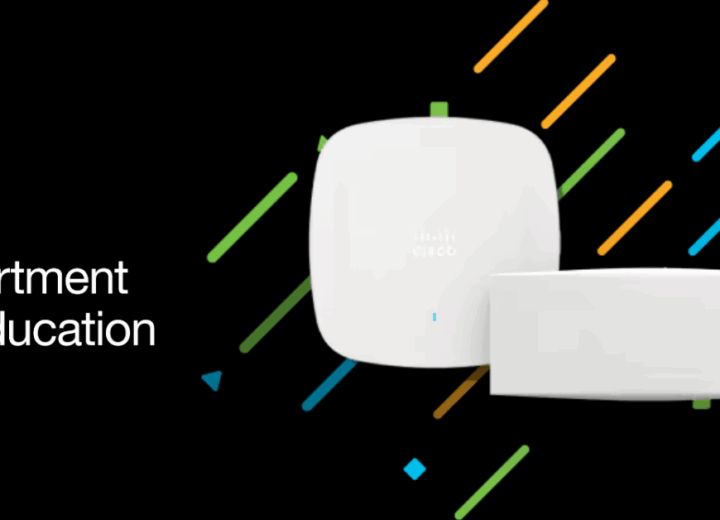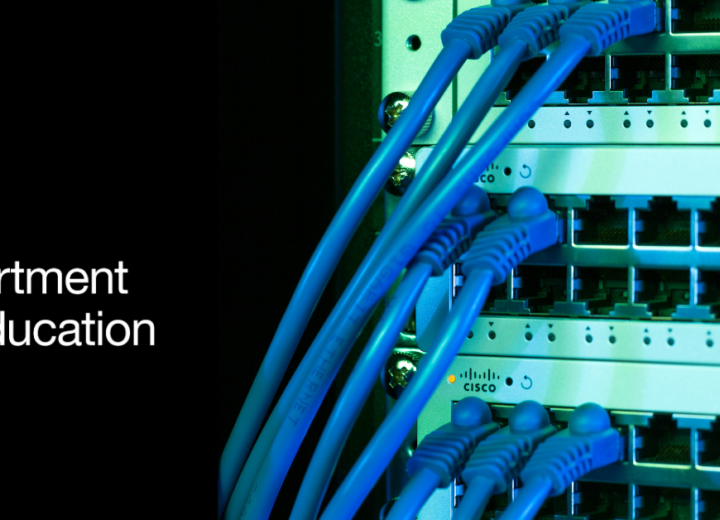Choosing the Right NAC Solution for Your Network
Network Access Control (NAC) is a critical component of enterprise security, ensuring that only authorised devices and users can access corporate resources. Two prominent solutions in Cisco’s ecosystem are Meraki Access Control and Cisco Identity Services Engine (ISE). While both offer security and authentication capabilities, their scope, deployment, and feature sets differ significantly.
We explore the key differences between Meraki Access Control and Cisco ISE, helping you determine the best fit for your organisation’s security and network requirements.
Overview of Meraki Access Control
Meraki Access Control is a cloud-managed NAC solution integrated into Meraki MR wireless access points. It provides a simple yet effective way to authenticate and secure network access. The primary authentication methods include:
Open (No Authentication) – No restrictions, allowing any device to connect.
Pre-Shared Key (PSK) – Securely access Wi-Fi with a shared password.
MAC-based Authentication – Control access based on device MAC addresses.
802.1X with RADIUS – Enterprise-grade authentication using RADIUS and Active Directory.
Hybrid Authentication – A combination of different methods for flexible security.
Pros of Meraki Access Control
✔️ Cloud-Managed Simplicity – Fully managed via the Meraki Dashboard.
✔️ Quick Deployment – Easy to configure without on-premises infrastructure.
✔️ Seamless Integration – Works natively with Meraki MR access points.
✔️ Scalability – Easily extend security policies across multiple sites.
✔️ Built-in Guest Access – Customisable guest SSIDs with captive portals.
Cons of Meraki Access Control
❌ Limited Granular Control – Lacks advanced policy enforcement based on user/device attributes.
❌ No Posture Assessment – Cannot check endpoint compliance like antivirus or OS updates.
❌ Less Advanced Threat Detection – Limited visibility into deep network threats.
Overview of Cisco Identity Services Engine (ISE)
Cisco Identity Services Engine (ISE) is a comprehensive enterprise NAC and policy enforcement platform that provides deep security control across wired, wireless, and VPN networks. It integrates with Cisco and third-party infrastructure to deliver advanced security features such as:
802.1X Authentication & Authorisation – Granular access control based on user identity, role, and device type.
Posture Assessment – Verifies device compliance (antivirus, OS patching, encryption, etc.).
Profiling & Visibility – Identifies and classifies endpoints in real time.
Guest Access & BYOD Management – Secure self-registration and onboarding.
Adaptive Policy Enforcement – Dynamically assigns VLANs, ACLs, or TrustSec Security Group Tags (SGTs).
Threat-Centric NAC – Integration with Cisco SecureX, AMP, and other security tools for automated response.
Pros of Cisco ISE
✔️ Granular Security Control – Custom policies based on users, roles, devices, and security posture.
✔️ Multi-Platform Support – Works with Cisco and non-Cisco network devices.
✔️ Advanced Threat Response – Automated security actions based on device behaviour.
✔️ Scalability for Large Enterprises – Handles complex environments with thousands of endpoints.
✔️ Zero Trust Implementation – Enforces security policies across multiple layers.
Cons of Cisco ISE
❌ Complex Deployment – Requires significant planning and expertise.
❌ Higher Cost – Licensing, hardware, and maintenance expenses can be substantial.
❌ Ongoing Management Overhead – Requires dedicated administration for updates and policy adjustments.
Key Differences: Meraki Access Control vs. Cisco ISE
| Feature | Meraki Access Control | Cisco ISE |
|---|---|---|
| Management | Cloud-based Meraki Dashboard | On-premises, VM, or cloud-based deployment |
| Authentication | PSK, MAC-based, 802.1X with RADIUS | 802.1X, RADIUS, SGTs, posture assessment |
| Posture Assessment | ❌ No endpoint compliance checks | ✅ Full endpoint posture validation |
| Device Profiling | ❌ Basic (MAC-based authentication) | ✅ Advanced profiling & visibility |
| Threat Response | ❌ Limited | ✅ Integrated with Cisco security tools |
| Guest Access | ✅ Simple captive portal | ✅ Advanced guest lifecycle management |
| Scalability | ✅ Good for SMEs & distributed networks | ✅ Best for large enterprises & complex environments |
| Ease of Use | ✅ Simple, plug-and-play | ❌ Requires expertise for setup & maintenance |
| Cost | 💷 Lower (cloud-managed) | 💷💷💷 Higher (licensing, hardware, admin costs) |
Which One Should You Choose?
Choose Meraki Access Control if:
You need a simple, cloud-managed NAC solution with easy deployment.
Your organisation relies on Meraki MR access points.
You do not require advanced security policies or posture assessment.
You are a small-to-medium business (SMB) or have a distributed network.
Choose Cisco ISE if:
You require enterprise-grade NAC with granular security policies.
You need deep visibility into devices and network threats.
Your organisation has compliance requirements for endpoint security.
You need advanced integration with Cisco security ecosystems.
You manage a large, complex network infrastructure.
Can we help?
Both Meraki Access Control and Cisco ISE are powerful solutions, but they serve different use cases. If you need a cloud-based, easy-to-deploy NAC, Meraki Access Control is a great fit. However, if your organisation requires advanced security enforcement, posture assessment, and threat integration, Cisco ISE is the superior choice.
If you are unsure which solution is right for you or need help with NAC audits, deployments, or managed services, our experts can assist.




